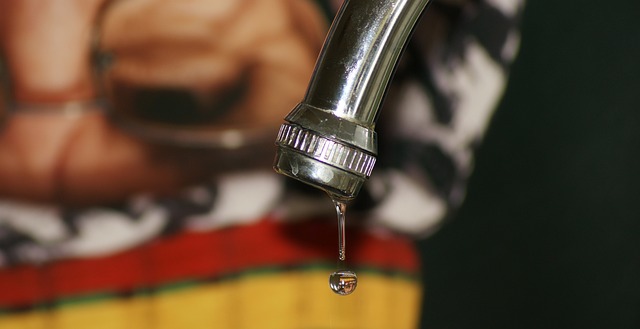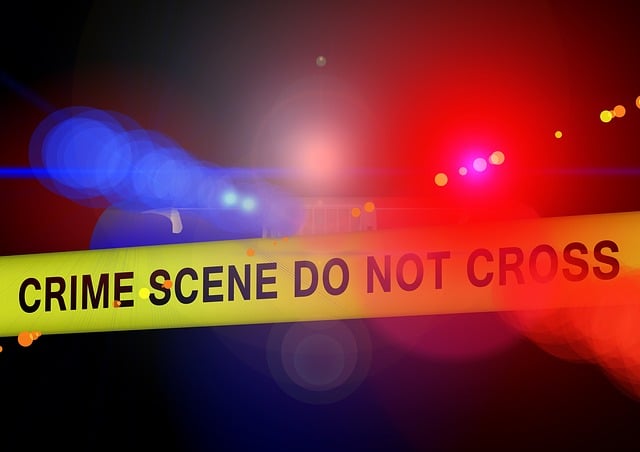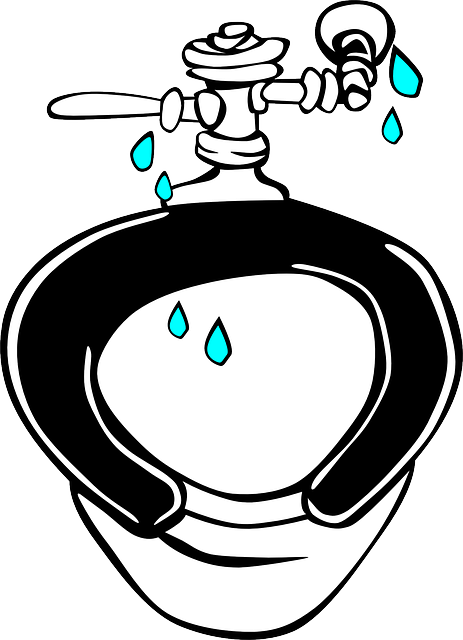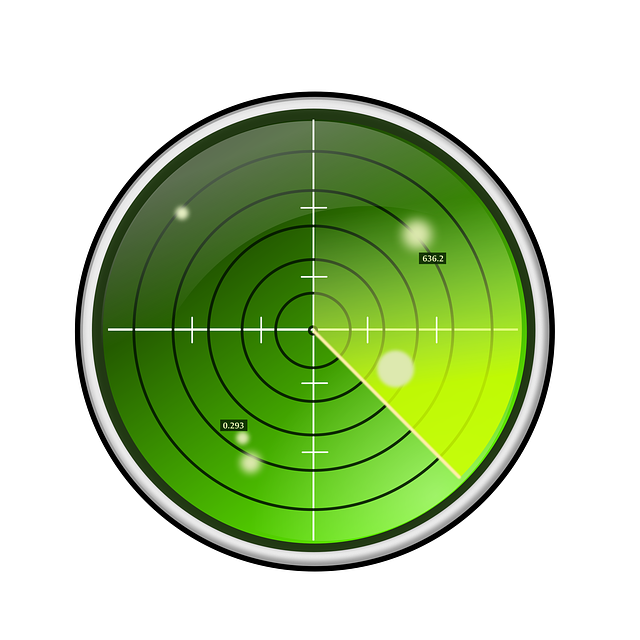Leak detection is a vital process using advanced technologies like infrared cameras and sensors to identify and localize leaks in plumbing, roofs, and industrial pipelines. Early detection prevents costly repairs and ensures infrastructure longevity. Industrial and residential leak detection methods vary, with modern technologies enhancing efficiency. Professional services employ tools for hidden leak discovery, minimizing damage and saving costs. Regular inspections and preventive measures are crucial for future protection against water damage and resource conservation.
Professional leak detection services are essential in mitigating water damage and preserving properties. This article delves into the intricacies of leak detection, covering everything from understanding the basics and importance to exploring modern technologies and step-by-step investigation processes. We differentiate between industrial and residential leaks and showcase real-world success stories through case studies. Additionally, we provide preventive measures and highlight the benefits of engaging specialized experts for effective leak detection.
Understanding Leak Detection: The Basics and Importance

Leak detection is a critical process that involves identifying and localizing sources of leaks in various systems, such as plumbing, roof, or even industrial pipelines. It is a specialized service that has become increasingly important as leaks can cause significant damage to properties and lead to substantial water wastage. The basics of leak detection entail using advanced technologies and tools to trace the origin of a leak, helping professionals pinpoint the exact location for efficient repair.
This process is essential as early detection can prevent minor issues from escalating into costly repairs or even catastrophic failures. It allows property owners and managers to save money, minimize disruption, and ensure the longevity of their infrastructure. With the right expertise and equipment, professional leak detectors can detect leaks hidden behind walls, under floors, or within complex piping networks, making it a valuable service in both residential and commercial settings.
Common Types of Leaks: Industrial vs Residential

Industrial and residential leaks vary significantly in scope, complexity, and detection methods. Industrial leaks often occur in large, complex systems involving chemicals, water, or gases. These can be subtle, seeping over extended periods, making them challenging to identify without specialized equipment. Professional leak detection services employ advanced technology like infrared cameras, moisture meters, and gas detectors to pinpoint the exact source and type of leak.
In contrast, residential leaks are typically more visible and immediate. They may include pipe bursts, roof leaks, or faulty appliances. While less complex than industrial leaks, they can cause substantial damage if left unattended. Homeowners often rely on visual inspection, water bills, and odours to detect problems early. However, professional services remain invaluable for hard-to-reach areas, hidden leaks, or when a thorough investigation is needed to prevent further damage and ensure safety.
Modern Technologies in Leak Detection Services

Modern technologies have significantly enhanced the field of leak detection services, making it more efficient and accurate than ever before. One of the game-changers is the use of advanced sensors and scanning equipment. These devices can detect even the smallest signs of leaks by analyzing various data points, such as moisture levels, temperature changes, and sound patterns. For instance, thermal imaging cameras can identify subtle temperature variations caused by leaking pipes, helping professionals pinpoint issues swiftly.
Additionally, remote sensing technologies like satellite imagery and drones equipped with sensors provide a bird’s-eye view of infrastructure, enabling leak detection from above. This is especially useful for navigating labyrinthine systems or hard-to-reach areas. Moreover, real-time data analytics platforms allow professionals to monitor detected leaks continuously, ensuring prompt response times and efficient management of water loss. These modern technologies are revolutionizing the way leak detection services are delivered, making them more proactive and effective in preserving resources.
Step-by-Step Process of Professional Leak Investigation

Professional leak detection involves a systematic process that starts with gathering information and ends with accurate identification and repair. It begins with assessing the scope of the issue, considering factors like water usage patterns, previous leaks, and visible signs of damage. This initial phase helps in pinpointing areas most susceptible to leaks.
Next, experts employ advanced tools such as moisture meters and thermal imaging cameras to detect anomalies behind walls or under floors. They may also use audio devices to listen for dripping sounds. Once potential leak sources are identified, the investigation deepens with non-invasive techniques like camera inspections through pipes and walls. This visual confirmation allows for precise pinpointing of leaks, followed by developing a tailored repair strategy.
Benefits of Engaging Specialized Leak Detection Experts

Engaging specialized leak detection experts offers a multitude of benefits, especially for complex or hard-to-find water leaks. These professionals are equipped with advanced tools and techniques designed to pinpoint leaks accurately, minimizing damage and saving costs in the long run. They can navigate labyrinthine plumbing systems and use innovative methods to detect even the subtlest moisture variations, ensuring no drop goes unnoticed.
Moreover, specialized leak detection experts provide valuable insights into the root cause of leaks, offering preventive measures to stop them from recurring. Their expertise enables efficient repairs, reducing disruption to homes or businesses. By leaving nothing to chance, these specialists help protect against structural damage, mold growth, and high water bills—a true game-changer in maintaining a healthy and sustainable environment.
Preventive Measures: Mitigating Future Water Damage

Preventive measures play a pivotal role in mitigating future water damage, which is why professional leak detection services offer valuable insights. By identifying potential sources of leaks early on, homeowners and businesses can save significant time, money, and stress. Regular inspections and maintenance are key; these activities ensure that any minor issues don’t escalate into costly repairs. Simple precautions like checking for leaky faucets, pipe insulation in colder regions, and fixing damp areas can significantly reduce the risk of water damage over time.
Additionally, staying vigilant about unusual noises from pipes or walls, and promptly addressing them, can be a powerful tool in leak prevention. Many leaks go unnoticed until they cause visible damage, but with proactive measures, these silent intruders can be caught before causing harm. Implementing these preventive strategies not only saves resources but also fosters a culture of proactive care for one’s property.
Case Studies: Real-World Success Stories of Leak Detection

In the realm of professional leak detection, case studies serve as vibrant testaments to the efficacy of advanced technologies and expert strategies. Real-world success stories illustrate how modern methods can navigate labyrinthine plumbing systems, unearthing even the most elusive leaks. From residential properties to sprawling commercial complexes, these cases highlight the tangible benefits of specialized equipment and skilled technicians. For instance, a recent study documented the successful detection of a subtle moisture leak in an old industrial building, preventing potential structural damage and costly repairs.
Such narratives underscore the importance of leak detection not just for cost savings but also for mitigating environmental impacts. By promptly identifying and repairing leaks, professionals can significantly reduce water wastage, ensuring sustainable practices. Moreover, these case studies often reveal innovative solutions tailored to unique challenges, emphasizing the adaptability and expertise inherent in the field. In today’s digital era, advanced technologies like infrared cameras and moisture sensors have revolutionized leak detection, fostering a more efficient and effective approach.
